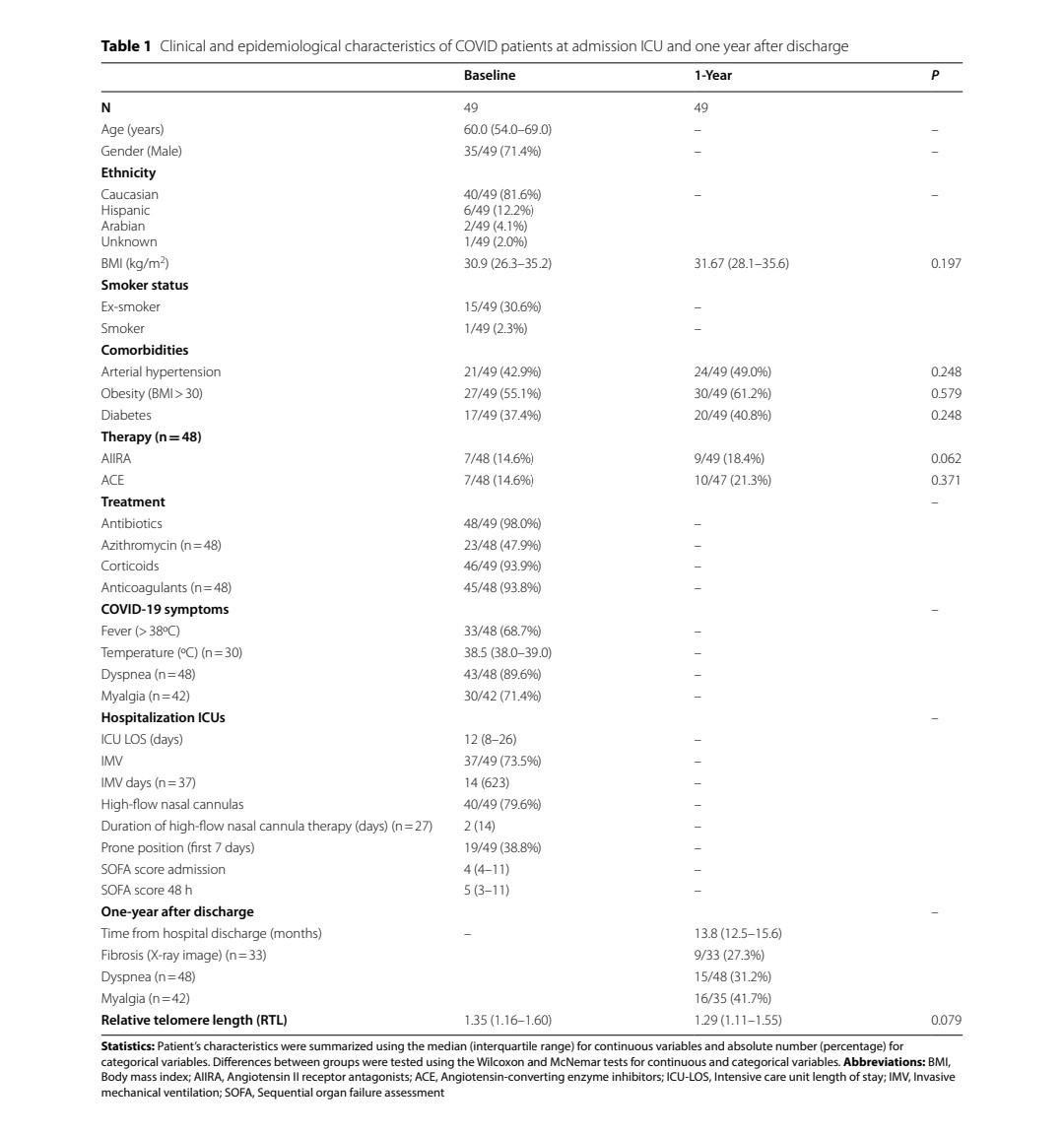LONGITUDINAL LANDSCAPE of IMMUNE RECONSTITUTION after ACUTE SARS-CoV-2 INFECTION at SINGLE-CELL RESOLUTION 💯👍
Very interesting study, thanks to @DavidJoffe64
sciencedirect.com/science/articl…

Very interesting study, thanks to @DavidJoffe64
sciencedirect.com/science/articl…

2) This study examined how the immune system changes over time in COVID-19 patients after the initial infection. The researchers followed 47 patients for a year and found some interesting patterns.
3) A specific type of immune cell, called CDKN1C+ nonclassical monocytes, remained high even a year later. These cells produce high levels of inflammatory molecules that can cause problems. 

4) The researchers found that the levels of these inflammatory monocytes correlated with lingering symptoms like joint pain and lung damage in some patients. Validating these findings in additional patients confirmed this association.
5) Overall, the study provides important insights into how the immune system responds to COVID-19 over the long term. The persistent presence of these inflammatory monocytes may help explain the ongoing health issues experienced by some COVID-19 survivors.
Thanks for reading 🙏
Thanks for reading 🙏
• • •
Missing some Tweet in this thread? You can try to
force a refresh


















